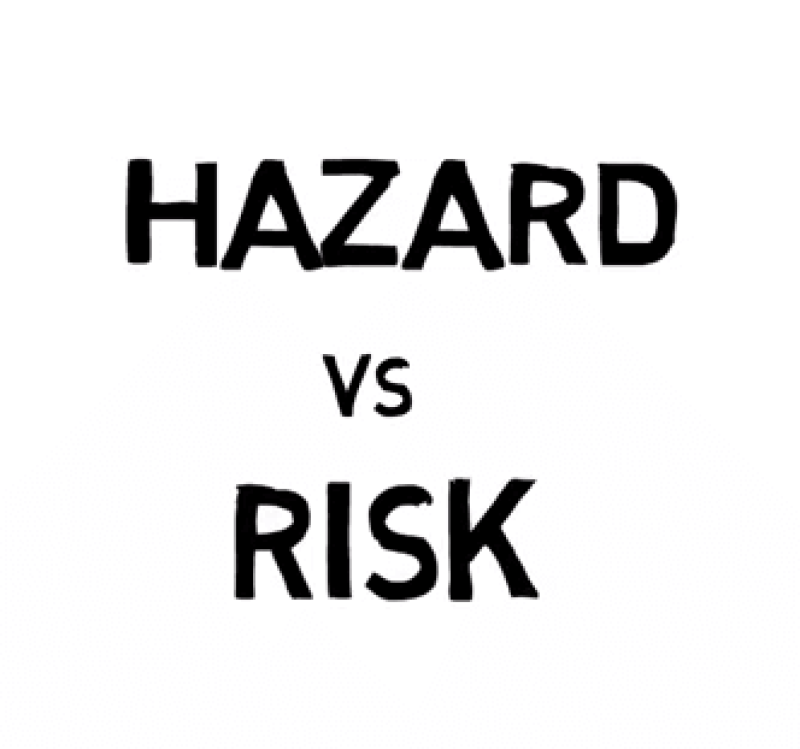A statement by the World Health Organization’s cancer research branch, the International Agency for Research on Cancer (IARC), classifying the glyphosate as “probably carcinogenic to humans” has caused confusion in the media and the public since WHO itself had previously declared the herbicide safe and not a human carcinogen. The WHO has multiple branches that assess potential hazards of pesticides in food and sometimes it issues evaluations that appear contradictory. To help clear up this confusion, WHO just posted an online Q&A explaining its risk and hazard assessment processes.
“Hazard” and “risk”: what is the difference?
Scientific studies of potential health effects of hazardous chemicals, such as pesticides, allow them to be classified as carcinogenic, neurotoxic, or teratogenic. This process of classification, called “hazard identification,” is the first step of “risk assessment.” The IARC statement which caused confusion regarded the “hazard identification” of glyphosate as a probable carcinogen.
But hazard is not the same as risk. A chemical can have different effects at different doses. Effects can also depend on the route of exposure.
Why does WHO have 2 distinct processes for “hazard identification” and “risk assessment”?
Risk assessment for pesticide residues in food, as conducted by a joint meeting between the Food and Agriculture Organization of the United Nations and WHO, establishes a safe intake level. These levels are used to establish maximum residue limits (MRLs) for pesticides in food. MRLs are enforced by national authorities to ensure that the amount of pesticide consumers are exposed to will not have adverse health effects.
Related links from the World Health Organization:
The GLP aggregated and excerpted this blog/article to reflect the diversity of news, opinion and analysis. Read full, original post: Pesticide residues in food?































